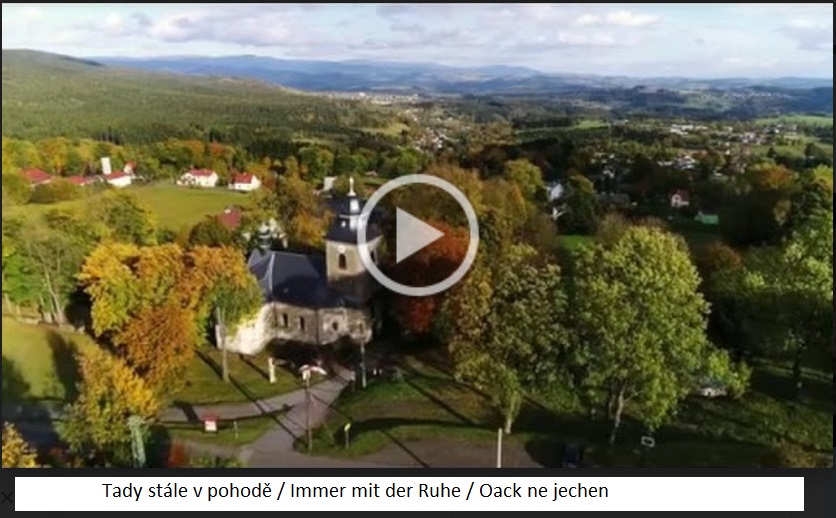According to folk accounts, the locality of today's Pěnčín was a place of birds. With the permission of the nobility, settlers caught songbirds - warblers, siskins. The names of the settlements Čížkovice and Pěnčín (until 1624 Pieniczow, later Pěncov, Pěnčov and only after the First World War Pěnčín) may originate in the arson, which the first inhabitants dealt with.
At the end of the 17th century, this small locality became a border village with three estates in the middle. Several of the cottages belonged to the Hrubhohozeckim, some to the desfourer of Maloskalsko, and a few others to the Svijan estate of Wallenstein. Rychta belonged to Rohozec. The lands of the three estates were said to have come together so that their owners, each standing on their land, could shake hands. The inhabitants made their living from agriculture, cattle breeding and also mining of wood and quartz for the glassworks. In the second half of the 19th century, several punches appeared in Pěnčín. In 1900 Pěnčín was a settlement belonging to the village Huť (Pintschau-Labau) with 1095 inhabitants. In 1920, 171 people claimed Czech nationality and 811 German.
It was not until World War I that the first Czech school was established in Pěnčín. The first documents of the Primary School were preserved from the school year 1923/1924. The school was inaugurated on Sunday, 19 August 1923. It was built at the request of parents from Pěnčov, Hut, Alšovice and Nový Bratřík at the expense of the Ministry of Education together with the Ministry of Public Works. This school year was a two-class school. In both classes, teachers record cases where the children of Czech parents for reasons of existence are listed from a Czech school and have to go to a German school. As teachers say - the reason is that the Germanization process was not stopped even in Pěnčín even in the years of the First Republic. It was probably because the means of production were in the hands of German capital, and nothing changed that the fact that after 1918 the political power passed into the hands of Czech. The economic position was the decisive factor for the further development of national relations.
Today there is a new elementary school in Pěnčín, which is attended by pupils from all over the village and non-resident, and there are about one hundred and fifty pupils a year.
The village of Pěnčín lies in the middle of all seven villages belonging to the village of Pěnčín. They are heading from Alšovice, both Bratříkovů, past the former “green school” from Hutě and finally through the Jistebsko of Krásná and Dolní Černá Studnice. There is a transfer bus stop and most of the long-distance services stop here. The bus connection is in the direction of Jablonec nad Nisou - Železný Brod.
In the neighborhood of the elementary school there is a kindergarten, there is a seat of the Municipal Office and the Health Center with dental, pediatric and general medicine surgeries. From the original General School in Pěnčín the village has built an apartment building. Above the building of the elementary school there are two large playgrounds and a play corner for children.
Josef Pulíček Goat Farm is located here, with about 1000 goats and sheep breeding. It produces tasty organic products from milk. A visit to the Goat Farm also includes a tour of the Agricultural Museum, a bead workshop or a road train ride through the villages of Pěnčín to the top of Černá Studnice.







